VISITORS to the Dartmoor Line today would be forgiven for wondering if the pristine station building and the vibrant buzz of regular railway services to Exeter had always been there.
After all, it seems so normal, so predictable; a historic station building welcoming today’s visitors with open arms as the daily gaggle of railway travellers use the extant services for commuting or leisure.
But, as you hear the tannoy announcement confirming the next Great Western Railway service calling at Okehampton, Crediton, Exeter St David’s and Exeter Central, consider this. It wasn’t always this way for this delightful railway station playing its part in the 21st century.
If the tale of many of the former places Okehampton station once served is of railway stations that died in the post-World War II rationalisation of the railways under British Rail, often referred to as the Beeching Cuts, then surely, the story of Okehampton is not so much of a service that survived but was merely sleeping.
Many of the pictures you see here, taken and shared by Cyberheritage Rail, were taken in 1982. It was ten years after the station saw its last railway service and like so many scenes of railway lines after closure, the scenes you see are ones of abandonment. Buildings that once served a vital purpose were left to the mercy of nature and vandals, with a future uncertain.
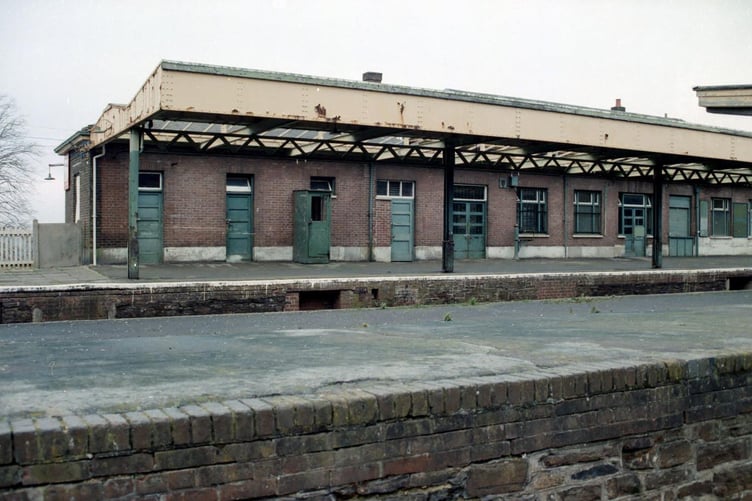
Where other parts of the Withered Arm it was once part of became housing developments, such as at Beeching Close in Halwill Junction or Bulleid Way in Bude, or industrial estates such as in Launceston, Okehampton’s destiny was just to remain abandoned for the best part of 25 years.
Let’s rewind to 1963 and the notorious ‘Reshaping the British Railways’ report by Dr Richard Beeching, then chairman of the nationalised British Railways Board, although you’ll almost certainly know it better as the Beeching Axe or the Beeching Cuts. The report, commissioned by the Government of the day, under Harold Macmillan and Transport Secretary Ernest Marples, gave a list of recommendations for railway lines that in the view of Beeching, should be closed or rationalised in order to stem the losses made by British Rail as it haemorrhaged both commuter and freight traffic to road transport.
Unlike a lot of other services in Devon and Cornwall which faced their death-knell after this report, Okehampton was not one of them. It was meant to survive. While the Beeching report had recommended the closure of the line to Bude, alongside the Exeter to Plymouth line, it was recommended that the line closure be cut back to Okehampton, with a service from Okehampton to Exeter maintained.
However, even after it was meant to have been retained, the future of Okehampton Station was under threat in the years immediately after the cuts made by the Government in light of the Beeching report.
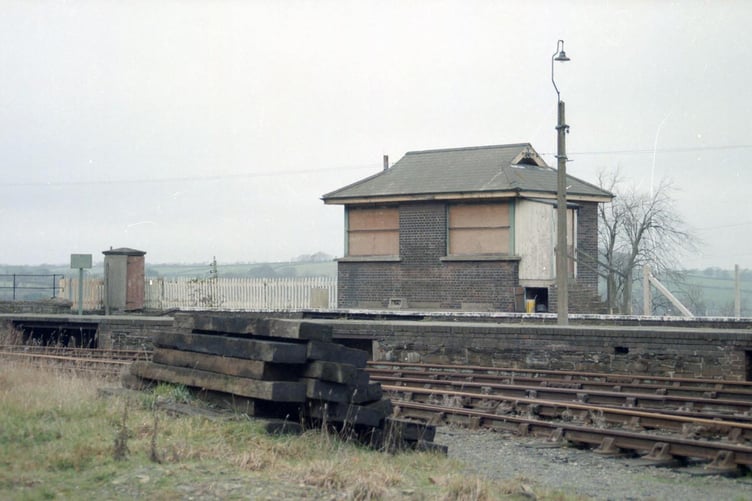
In 1969, Thames Television covered the plight of the Okehampton to Exeter railway service for an episode of their ‘This Week’ investigative journalism programme, titled ‘The Future of British Rail’.
In it, the programme levelled accusations at British Rail that they were deliberately running a poor service in order to convince the Government to close the railway line to passengers. The MP for the area at the time, Peter Mills, said that British Rail was trying to pursue a policy of ‘creeping closures’, whereby after the closure of the other lines, such as to Bude, Tavistock and Camelford, the loss in revenue brought from those closures were allowing them to have further excuses to decimate what remained.
The accusations made by numerous contributors to the programme were that running a ‘bad service’, meaning that the timetabled services weren’t designed to meet connections at Exeter and were unreliable were a deliberately executed precursor to closing the line were firmly denied by British Rail who said that was not the case.
However, three years later, in 1972, the death knell for Okehampton came, with the announcement from British Rail that it was to permanently discontinue the passenger railway service from Okehampton to Exeter.
While passengers would no more be able to board railway services to Exeter to connect with the lines to London Paddington or venture to London Waterloo on what remained of the railway line it was once part of, thanks to the British Rail ballast quarry a few miles down the line at Meldon. This quarry, which was operational until it was mothballed in 2011, is a big part of the reason Okehampton managed to survive to a time where it could be restored, reopened and re-loved again.
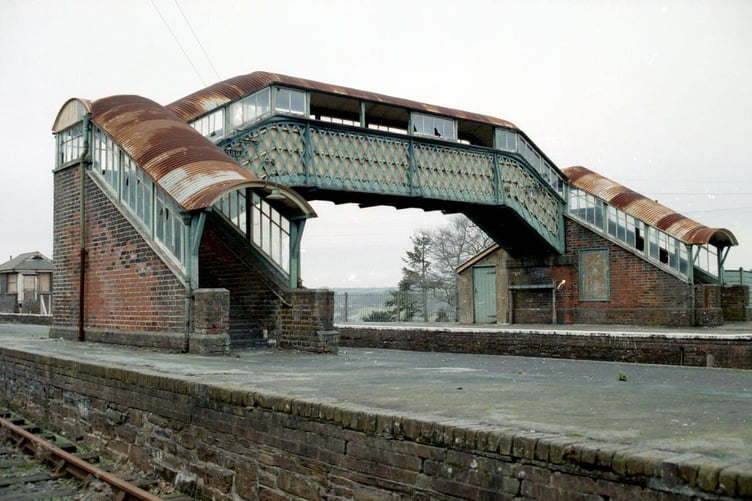
As the freight trains passed on by with the material required to maintain the railways that survived, the buildings at Okehampton were abandoned and slowly fell into rack and ruin.
That is until 1997, when a heritage railway service began operating historic trains from adjacent to the iconic Meldon Viaduct, which had by this time become a cycleway, to Sampford Courtenay.
At the same time, a local partnership scheme involving Devon County Council, which played a big role in promoting the return of trains to Okehampton in the years' regular services were defunct, the station reopened in this year while the old goods shed next to the station became a youth hostel and activity centre.
The main station building was restored to become an independently owned model shop and café. In 2008, the Dartmoor Railway heritage line was bought by British American Railway Services, a company owned by Iowa Pacific Holdings of Chicago. It was their intention to develop freight, passenger and tourist services on the line, which was never achieved.
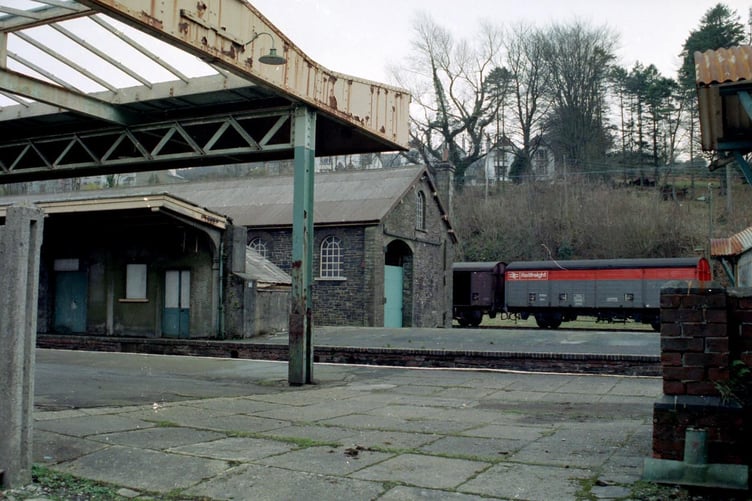
In December 2019, the heritage railway closed when the company running it was placed into receivership. However, the short-term uncertainty of the station’s future would be just that, as plans were being formed to once again connect Okehampton to the mainline again.
Devon County Council, in partnership with GWR, Network Rail and the UK Government, set about restoring the railway, with the return of the Dartmoor service the flagship of the Government’s ‘Restoring Your Railway’ first phase.
Perhaps, quite pertinently, just like the closure of the station in 1972 was not a result of the Beeching report often cited as ‘being reversed’ with the opening of new railway lines, it is in fact, by providing a service to Exeter, the exact service that Beeching envisioned.
Okehampton Station might have been asleep for over two decades, but it is now very much awake.
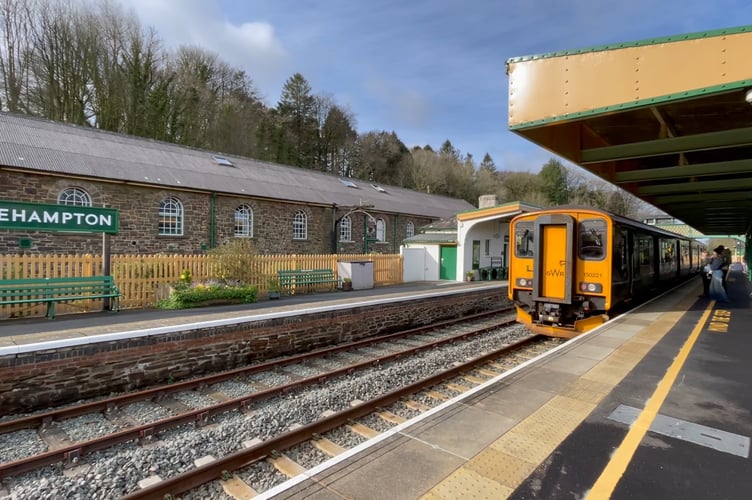




Comments
This article has no comments yet. Be the first to leave a comment.